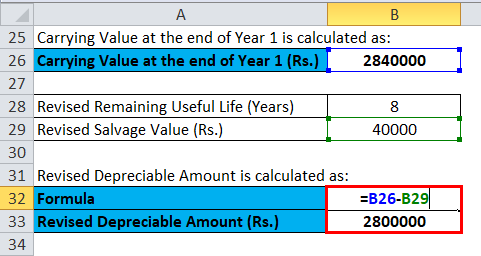Content

We have established beyond doubt now, that a balance sheet for small business is particularly important in making sure both you and your stakeholders are kept informed of your financial standing. When you keep this information updated, it can help you make better decisions at the management level. It could improve your business’s operational efficiency, borrowing, and overall financial health.
- The initial funds you or others invest in your company help lay the foundation for your business’s equity.
- Access to your company’s finances, including bank account balances, loan balances, and receipts for any recent major purchases.
- This is a vital step towards understanding the core strength of a company, and to assess the business performance.
This is calculated by dividing net sales by average fixed assets. The higher the number, the more revenue is being generated. Corporation owners’ equity is called shareholder or stockholder equity. Small Business Guide To Building The Balance Sheet Initial investments in the business, coupled with retained earnings that are reinvested, make up shareholders’ equity. Reinvestment can occur after deducting any distributions to shareholders.
Want More Helpful Articles About Running a Business?
If that’s not what you end up with, it’s time to do a deeper analysis. Whether you have just made a typo or you are missing pieces of information, it is worth the effort to get it correct. A balance sheet shows investors and lenders that you have plenty of cash on hand to pay debts.
The information is broken down by level – federal, state, local and/or foreign, and the main items that affect the company’s effective tax rate are described. A company’s assets have to equal, or “balance,” the sum of its liabilities and shareholders’ equity. Let’s look https://business-accounting.net/ at each of the first three financial statements in more detail. Below are balance sheet templates that you can use with Microsoft Excel to create one for your business. When this occurs, the equity section of your balance sheet differs a bit from a single owner.
Calculating business equity
Cash flow statements report a company’s inflows and outflows of cash. This is important because a company needs to have enough cash on hand to pay its expenses and purchase assets. While an income statement can tell you whether a company made a profit, a cash flow statement can tell you whether the company generated cash. The balance sheet will provide indicators as to how efficiently the business manages accounts payable, receivable, and inventory. It’s a measure of how long it takes for a company to collect payment after a transaction. It also calculates the average time it takes a company to pay suppliers and vendors, as well as taking into consideration how long inventory sits on a shelf before it is sold.
- Use these tips to help you maximize the effectiveness of a balance sheet with your small business.
- Assets – Your assets can be divided into liquidity ratios, leverage ratios, and efficiency ratios to determine how efficient your company generates revenue.
- Transform your day-to-day and unlock your next stage of growth.
- By examining a sample balance sheet and income statement, small businesses can better understand the relationship between the two reports.
- By using a balance sheet template, you see in which areas your business falls short such as maxing out a business credit card or having a decrease in revenue.
If you go to the ‘Reports’ section of your accounting software, most platforms let you create a balance sheet with one click. This will show you the balances of your assets, liabilities and equity as they stand on today’s date – or change the date to look back at prior balances.
